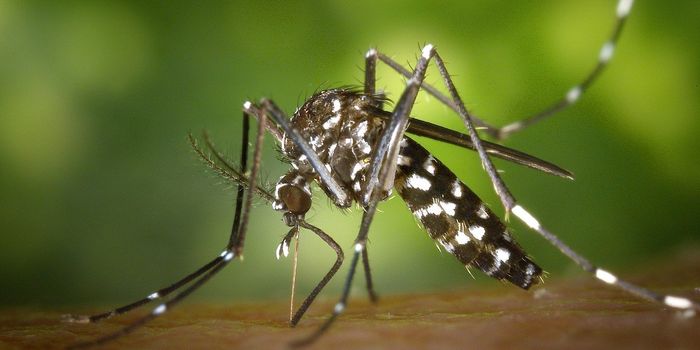Can fish skin help heal wounds?
Wound healing is a complex biological process that involves various stages, including inflammation, tissue formation, and remodeling. During the inflammatory phase, the body initiates an immune response to remove debris and bacteria from the wound site. After this, tissue formation begins, and this is seen by the deposition of collagen and the movement of new cells to promote wound closure. The last stage of wound healing is where tissue remodeling occurs; the newly formed tissue undergoes maturation and reorganization to restore its strength and functionality.
In recent years, researchers and medical professionals have been exploring innovative approaches to accelerate and enhance this natural healing process. Fish skin has emerged as a groundbreaking product that offers numerous advantages over traditional wound dressings. Developed by Kerecis, this fish skin product leverages its unique properties to accelerate the wound healing process. An article published in the International Journal of Biological Molecules details the mechanism by which Kerecis fish skin technology works in wound healing.
Kerecis' fish skin product capitalizes on various properties of fish skin to supplement each phase of the wound healing process. Fish skin serves as an ideal biomaterial due to its biological compatibility with human tissue and its ability to promote cellular activities. The product retains the extracellular matrix (ECM) components found in fish skin, such as collagen, glycosaminoglycans (GAGs), elastin, and fatty acids, which play crucial roles in tissue repair and regeneration.
Fish skin, derived from North Atlantic cod contains omega-3 fatty acids well known for their anti-inflammatory properties. These fatty acids reduce inflammation and create an optimal environment for healing. By decreasing swelling and promoting a balanced immune response, fish skin supports the progression of the wound healing process. Kerecis' fish skin product capitalizes on this unique characteristic, providing an advantageous edge in wound care.
Many may have cleanliness concerns with fish skin; however, fish skin possesses inherent antimicrobial properties, acting as a barrier against pathogens. This natural defense mechanism minimizes the risk of infection, which can impede wound healing and prolong recovery time. By providing a physical barrier and inhibiting bacterial growth, fish skin allows the wound to heal undisturbed, promoting a clean and sterile environment for optimal healing.
Kerecis' fish skin product represents a game-changing solution for wound healing, capitalizing on the unique properties of fish skin to optimize the natural biological process. By modulating the inflammatory response, protecting against infection, and promoting cellular response and angiogenesis, fish skin grafts offer unparalleled benefits for wound healing. As further research and clinical trials continue, fish skin products developed by Kerecis hold immense potential to transform the field of wound management, revolutionizing patient outcomes and reshaping the way we approach wound healing.
Sources: National Library of Medicine, Kerecis, International Journal of Biological Macromolecules








